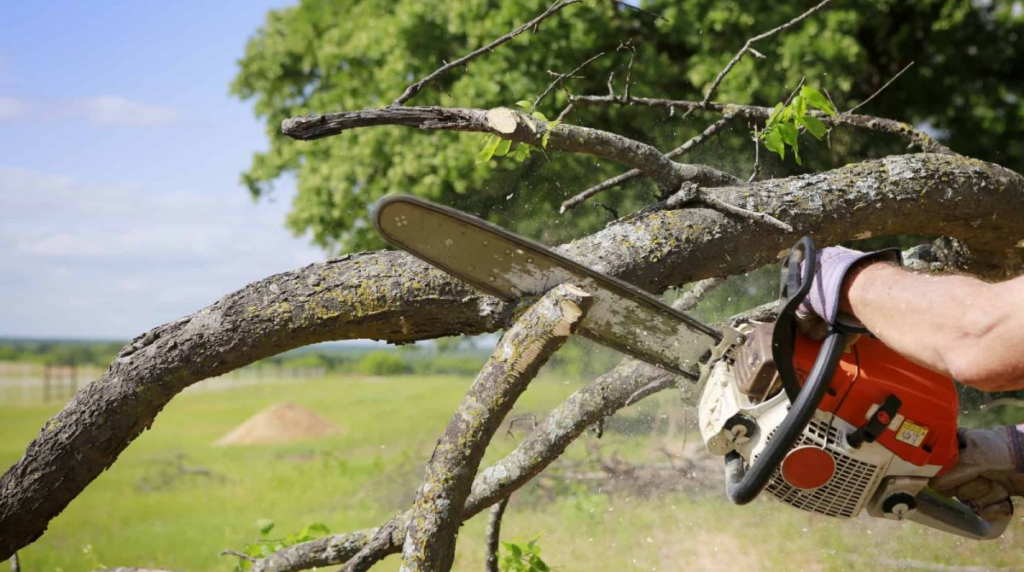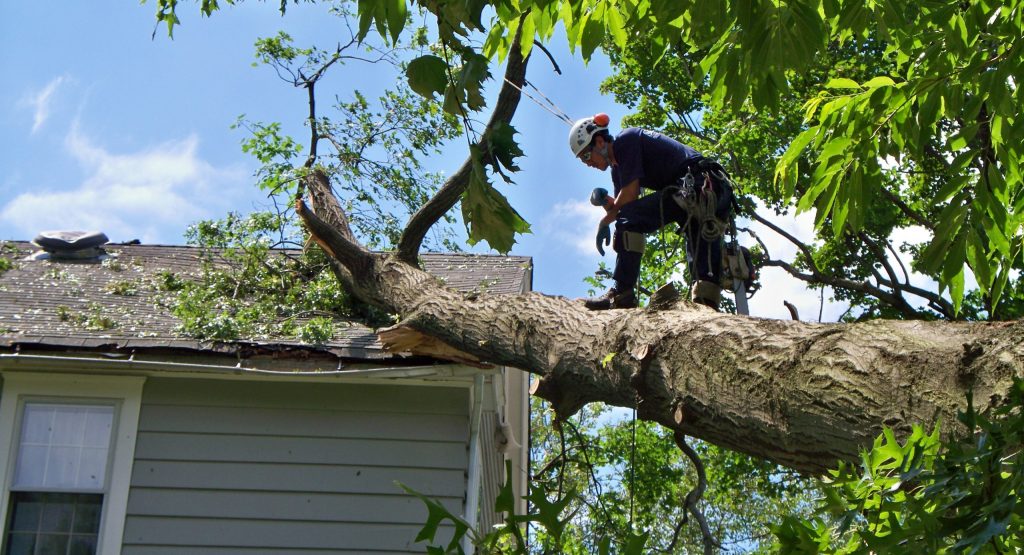Trees are the silent, steadfast guardians of our landscapes. They offer us shade in the summer, colors in the fall, and a silent reminder of the passage of time. In some respects, our relationship with trees is akin to a long friendship—solid, comforting, and often taken for granted. However, there are times when the presence of a tree, for various reasons, comprises safety concerns, hampers development, or threatens property. When such a critical point is reached, the wise and responsible choice is proper tree removal.
Arboreal management, especially tree removal, is a delicate balance between our needs and the ecosystem’s requirements. If this balance is maintained, tree removal can be a necessary and ecologically sensitive service. In this comprehensive guide, we will take you through the intricacies of engaging with a tree removal service, ensuring that the endeavor is not only safe and efficient but also in harmony with environmental conservation principles.
Understanding the Need for Tree Removal
Before you begin, it’s essential to ascertain whether tree removal is genuinely needed. Trees provide incalculable ecological benefits; their removal should be a last resort.
When to Consider Tree Removal
- Safety concerns due to damaged or diseased trees.
- Overhanging branches that pose a risk to structures or passersby.
- Interference with new construction, utilities, or landscaping.
- To create space for new planting or redesigning a garden.
Assessing the Tree’s Health
- Start with a visual inspection for leaf discolorations and signs of death.
- Look for fungal growth on the trunk, which might indicate rot.
- Evaluate the structural integrity, especially in older or storm-damaged trees.
The Importance of Professional Consultation
- An arborist can provide a professional assessment and offer alternatives to removal.
- They will advise on the species of tree, its growth patterns, and potential hazards.
Selecting the Right Tree Removal Service
Not all tree removal services are equal. Some focus on speed, while others prioritize safety and environmental impact. Choosing a service aligned with your values is crucial.
Researching Local Companies
- Check for certification and experience.
- Review customer feedback and any records of insurance and license.
- Ensure they follow ANSI A300 standards and best management practices.
Understanding Different Removal Techniques
- Depending on the tree’s location and size, different techniques such as climbing, rigging, and using cranes may be employed.
- Discuss with the service the intended approach and its suitability for your specific tree.
Discussing Fees and Service Details
- Ask for an itemized quote that includes everything from preparation to stump grinding or removal.
- Inquire about any permits required and if they handle the paperwork.
- Understand their cleanup policy after the removal is complete.

The Tree Removal Process
Before the blades touch bark, several steps are taken by the removal service to ensure a smooth and safe operation.
Preparing for the Removal
- Mark off the area for safety.
- Identify the path to lower branches and debris without damaging your property or the surrounding landscape.
- Disconnect and secure any utilities that might run close to the tree.
The Removal Day
- Crews will arrive with the necessary equipment, PPE, and any permits required.
- A plan is put into place, often involving tree climbers and ground personnel.
- The removal will be done in stages, with one or two professionals on the ground guiding the falling branches or log sections.
Post-Removal Steps
- Stumps can be ground down to prevent trip hazards and facilitate re-landscaping.
- Debris is chipped, hauled off, or, in some instances, left for firewood if that’s part of the service agreement.
- The crew will ensure the site is clean and safe, with the ground leveled.
Minimizing Environmental Impact
Environmental stewardship is critical in tree removal. There are several ways to minimize the impact of large-scale tree removal on Mother Nature.
Upcycling and Recycling
- Use wood from the removal to create mulch or lumber.
- Partner with local artisans or craftsmen to repurpose wood for art or furniture.
Best Practices for Replanting
- Consult an arborist for suitable replanting options.
- Consider planting more than one tree to compensate for lost canopy cover.
Habitat Preservation
- Ensure that any nesting sites or natural habitats are relocated or preserved.
- Maintain ecological balance by not over-planting or removing invasive species.
The Importance of Proper Disposal
How the removed tree is disposed of can also have an impact on the environment.
Eco-Friendly Disposal Options
- Choose chipping over burning to reduce carbon emissions.
- Arrange for green waste disposal at a local waste management facility.
Issues with Incorrect Disposal
- Burning trees can release pollutants into the air, especially if they are diseased.
- Improper disposal can lead to the spread of tree diseases.
Legal and Administrative Considerations
Tree removal may come with legal requirements and documentation to protect you and the environment.
Obtaining the Right Permits
- Some states, counties, or cities may require permits for tree removal.
- The removal service should assist in obtaining these permits.
Property Boundaries and Neighbor Relations
- Ensure the removal adheres to local laws regarding property lines and neighborly notification.
- Discuss the removal with neighbors to avoid any disputes or concerns.
Documenting the Removal Process
- Keep a record of the removal, including permits, contractor agreements, and certificates of disposal.
- This documentation can be valuable if any disputes arise in the future.
Safeguarding Your Home and Landscape
Tree removal is serious business, and safety for your property and the professionals should be the top priority.
Protective Measures for Property
- Remove any valuable or fragile items from around the removal area.
- Use barriers or nets to protect your garden from falling debris.
Safety Protocols for the Crew
- Ensure the removal service follows OSHA safety regulations.
- Keep children and pets safely away from the removal site.
Post-Removal Inspection
- Inspect the property and ensure there are no stray branches or damage post-removal.
- Look for any signs of stress on nearby trees due to the loss of the removed tree’s shade or root system.
Aftercare and Replanting
The removal is but one step in your land’s evolution. What comes after should enrich the environment.
Replanting for Continuity
- Choose a tree that is not only aesthetically pleasing but also ecologically beneficial.
- Plant the tree properly, ensuring it has room to grow without interference in the future.
Monitoring the Landscape
- Regular checks can help identify any sudden shifts in the landscape.
- Consider hiring an arborist for regular inspections and guidance.
Long-Term Land Use Planning
- Think about how the landscape will be used in the future.
- Plan construction, fencing, or additional planting to ensure a cohesive and sustainable ecosystem.
Conclusion
Engaging in responsible tree removal can be an act of environmental stewardship. Taking care to choose a qualified and conscientious service, understanding the process, and ensuring that all steps are taken to protect the environment and your property, sets a positive example in sustainable land management for future generations.
Whether a towering oak, a stately maple, or a cherry blossom that briefly painted your life with its blossoms, every tree we remove deserves respect and a thoughtful, green approach. May this guide serve as your compass in making informed, responsible decisions that enrich the environment as much as they protect and enhance your home.
